Cute Animal Pictures
Cute Animal Photos of lions, crocodiles, dogs, cats, birds, horses, eagles... awesome photos!
Dinnertime!

Today, the menu is sunflower seeds for everyone! Enjoy!
Photo source: outdoorphotographer
Hungry squirrel

A squirrel eats sunflower seeds. Good lunch!
Photo source: outdoorphotographer
Worried squirrel

A squirrel thinks about how to get its next meal.
Photo source: outdoorphotographer
An iguana up close

Iguanas live in tropical regions of Central and South America and the Caribbean. This one lives in Flamingo Gardens, Davie, Florida.
Photo source: outdoorphotographer
Ahhh, what a good feeling!

A "spa" moment from a happy elk. Estes Park, Colorado.
Photo source: outdoorphotographer
An intimidating ox...
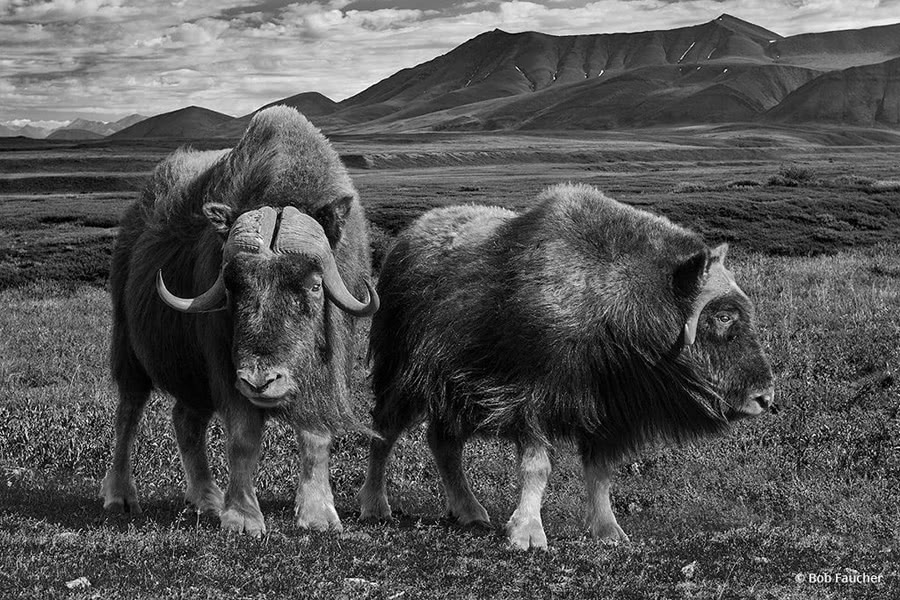
A pair of oxen roam the Smith Mountains in the Arctic National Wildlife Reserve. Photographer beware!
Photo source: outdoorphotographer
The flight of the heron

A heron in flight across the Lake Martin swamp in southern Louisiana.
Photo source: outdoorphotographer
Who makes the biggest mouth?
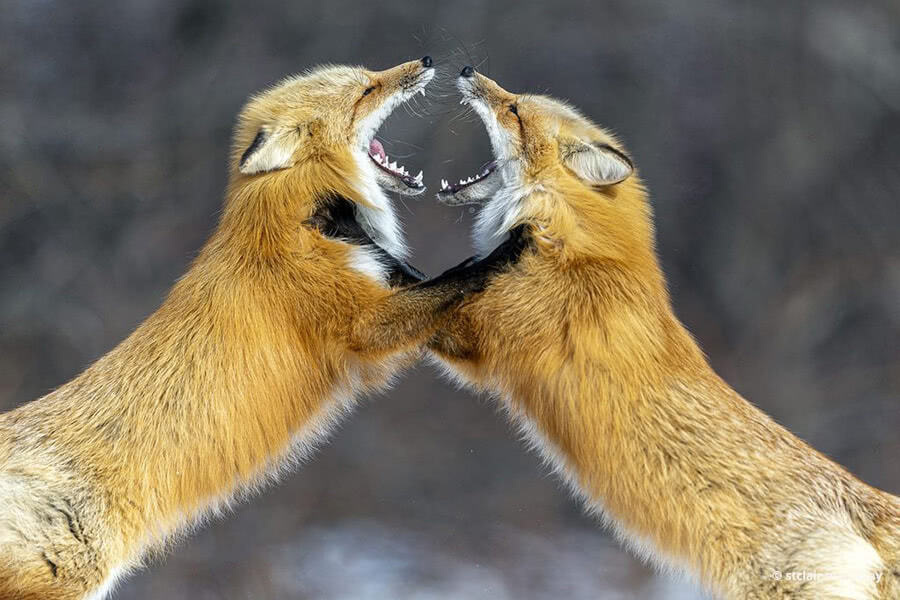
Meanwhile, on Prince Edward Island, Canada…
Photo source: outdoorphotographer
Is she talking or screaming?

The Galapagos Islands are a volcanic archipelago in the Pacific Ocean, a wildlife paradise.
Photo source: outdoorphotographer
A moose quenches its thirst
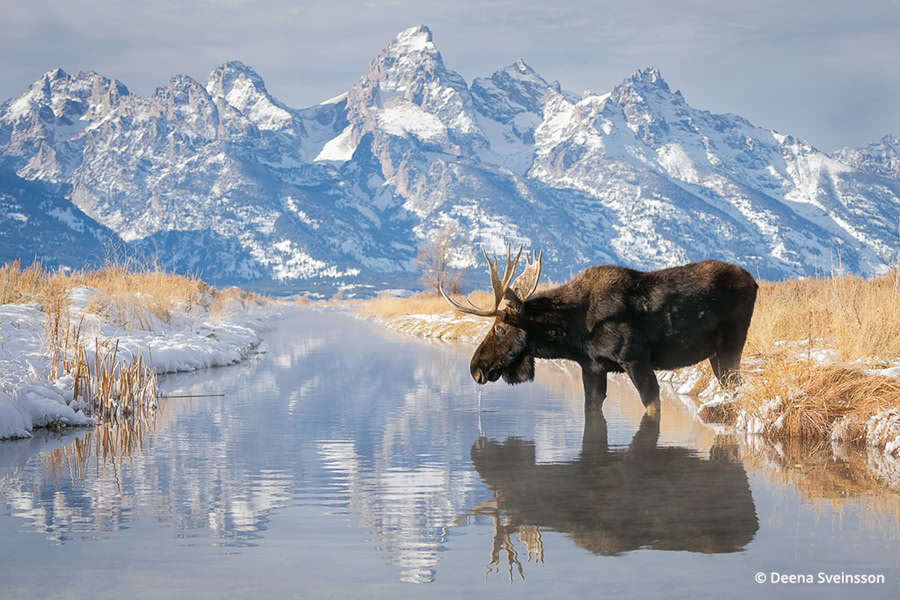
Grand Teton National Park, a serene place with incredible wildlife, sparkling lakes and alpine terrain, the Teton mountain range gives us landscapes as beautiful as this.
Photo source: outdoorphotographer
The heron and her hunting sword!
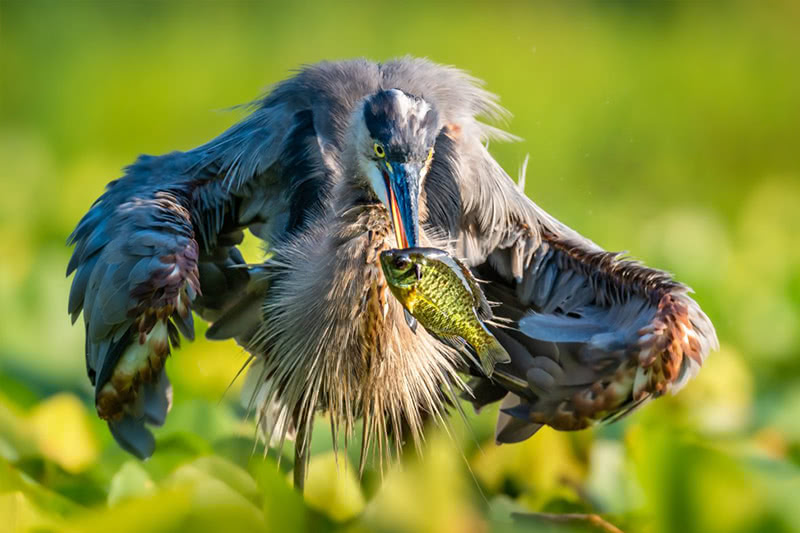
The heron is a bird found near lakes, rivers or swamps.
Photo source: outdoorphotographer
Playful foxes
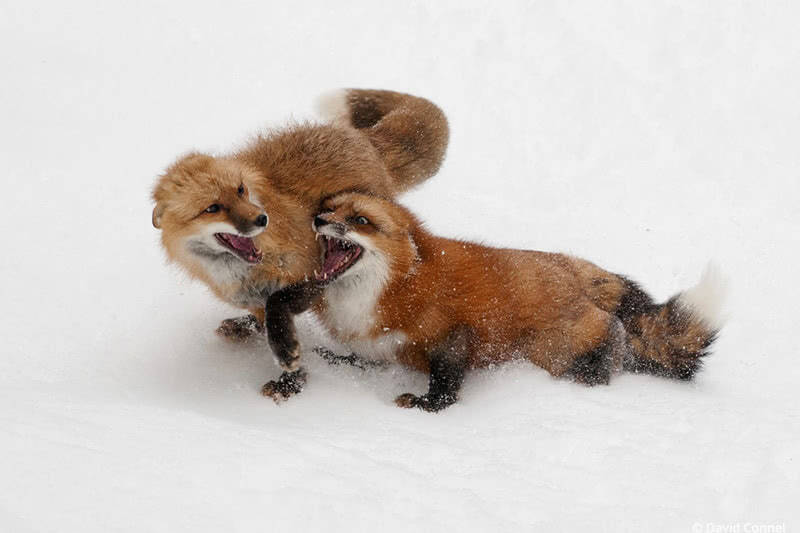
Two foxes stroll and play happily, in fighting mode in Yukon Territory, Canada
Photo source: outdoorphotographer
Dust bath at dusk
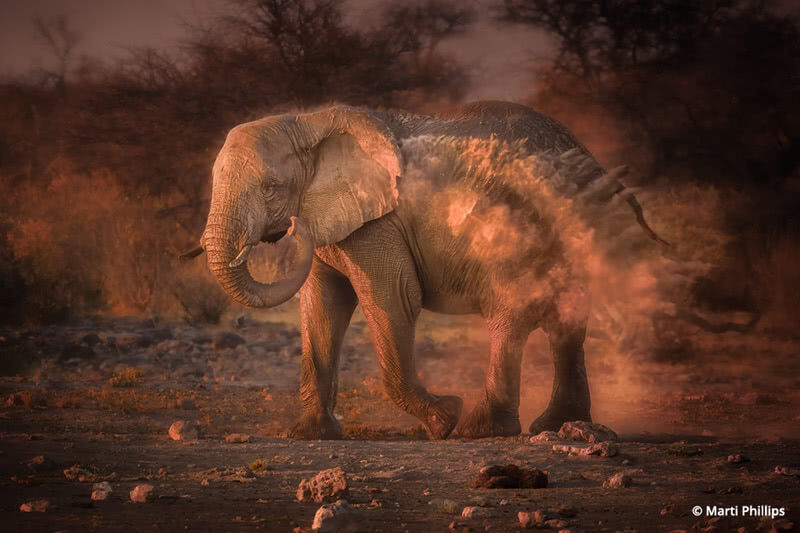
Is the elephant playing or cooling off? Etosha National Park, in northwest Namibia.
Photo source: outdoorphotographer
Intimate photography of a spider shows how unique, beautiful and charming it is.
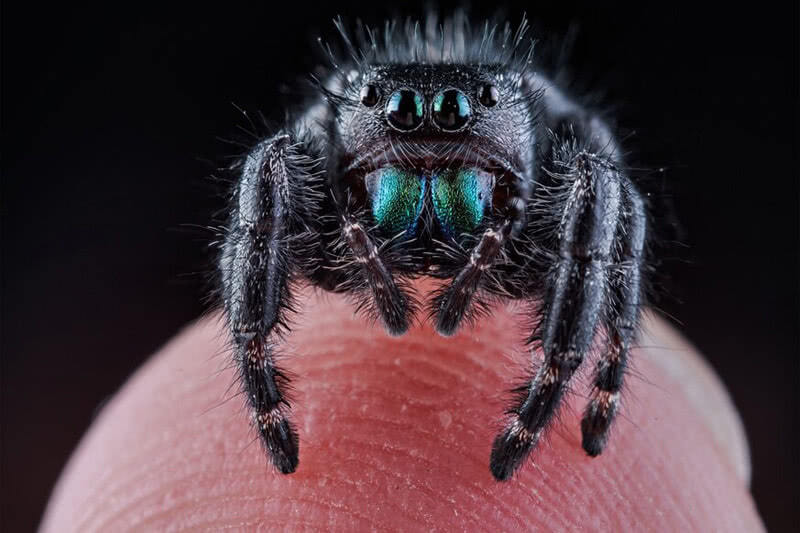
Perched on a finger, the spider looks patiently at its owner. There are more than fifty thousand known spider species in the world. Observed closely, these animals reveal an extraordinary beauty!
Photo source: nationalgeographic
The harsh life of the desert

A break, perhaps in preparation for another 100 km who knows! The camel is very resistant to both temperatures and distances covered. They can trot for 16 hours up to 140 km a day.
A giant petrel in the sea
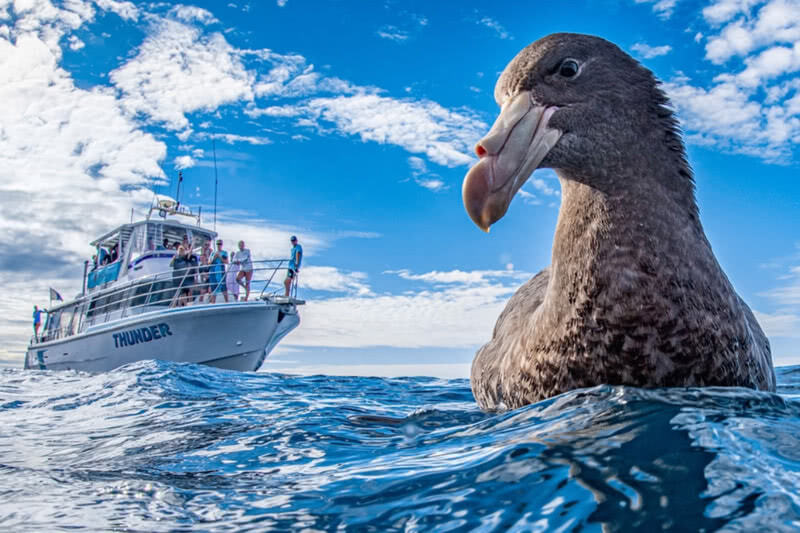
What is the bird thinking? indignation perhaps!
Photo source: theatlantic
An orangutan climbing a tree.

A happy orangutan is not in captivity, but in its natural habitat...
Photo source: theatlantic
A balancing bird?
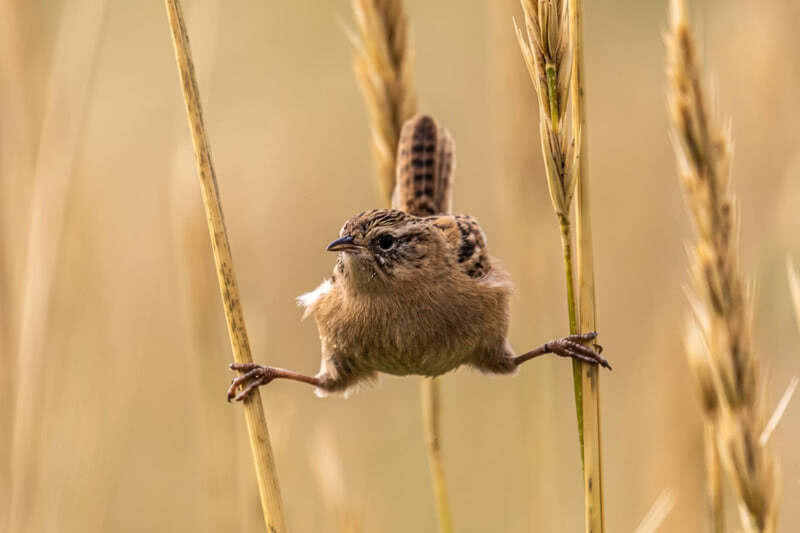
Fitness? Yoga? Or just everyday life?
Photo source: theatlantic
A fox walks in the dark night...
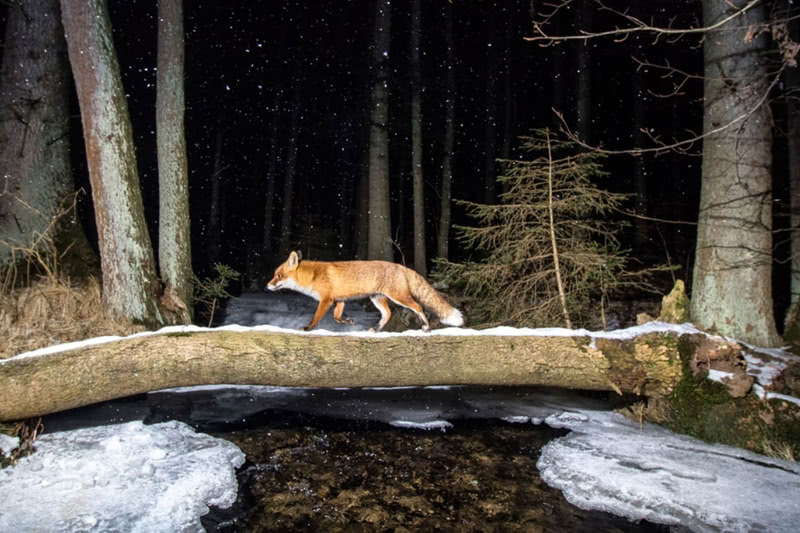
An omnivore that eats almost only meat! Is the fox hunting or it's just a night walk?
Photo source: theatlantic
The prey and the predator

There are hundreds of species of predatory birds, also known as birds of prey, they are carnivorous species that actively feed on vertebrates (the main ones are mammals, reptiles or smaller birds). The meaning of the word "raptor" originates from the Latin "raptare", which means "grab and carry away".
Crocodile in its environment
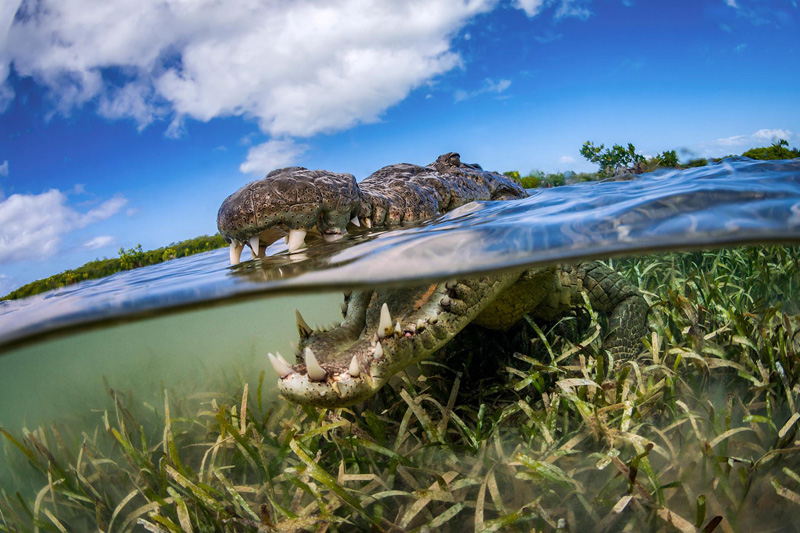
The natural environment of crocodiles is in the Americas, Africa, Asia and also in Australia. Most of these animals live on the banks of rivers. Crocodiles from Australia and the Pacific Islands can also thrive in the sea. Crocodiles are at the top of the food chain and therefore have no natural predators.
The saltwater crocodile that lives in Australia and Asia is the largest reptile on the planet.
Swimming dog!

It is a myth that all dogs are good swimmers. However, any dog given swimming lessons should be able to become at least a fair swimmer.
A drone over an eagle

There is no defined safe distance from which to observe eagles with drones and furthermore, it is illegal under any circumstances for a drone to track an eagle in flight.
Is the horse sad?

Scientific knowledge tells us that horses can suffer from depression. The reasons can be of several orders: physical health, food, living conditions, social interactions, the work they do, the training they receive, among others.
Last seconds of life!

That's how it is in the jungle! The king of the jungle is at the top of his environment's food chain. They have earned this reputation because they are some of the most efficient hunters in the wild.
Content written by Luis Mateus. © Carpeus
